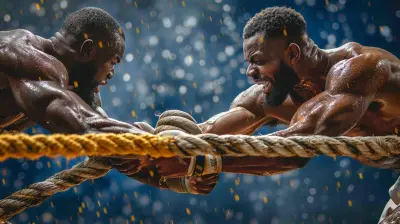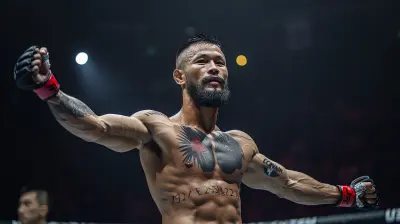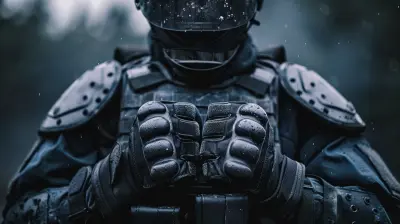The Impact of Wrestling in MMA: A Deep Dive
16 October 2025
Mixed Martial Arts (MMA) is one of the most electrifying combat sports in the world. It blends striking, grappling, submissions, and raw athleticism, creating a battlefield where only the most well-rounded fighters thrive. But if there’s one discipline that has continuously proven to be a game-changer in MMA, it’s wrestling.
From legendary champions to modern-day prospects, wrestlers have dominated the sport for decades. But why? What makes wrestling such a critical skill in MMA, and how does it shape the fight game? Let’s take a deep dive into the impact of wrestling in MMA.
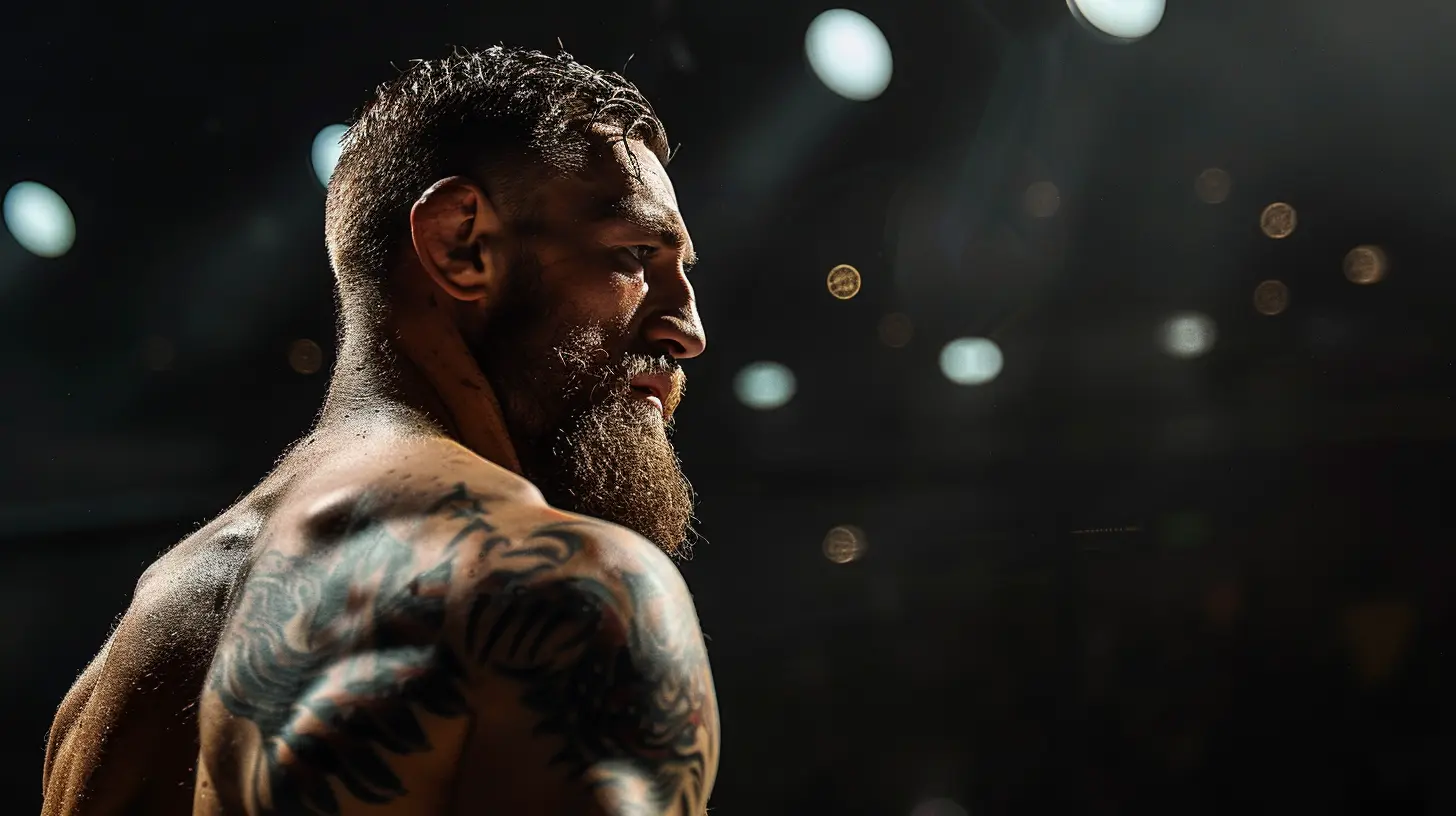
Wrestling: The Backbone of Dominance
If you look at the history of MMA, some of the greatest fighters have had dominant wrestling backgrounds. Think about Georges St-Pierre, Khabib Nurmagomedov, Daniel Cormier, or Henry Cejudo—all of them used wrestling as their foundation to control fights, dictate pace, and neutralize opponents.Wrestling offers an undeniable advantage because it allows fighters to decide where the fight takes place. A great striker might be dangerous on the feet, but a top-tier wrestler can neutralize that threat by taking the fight to the ground. On the flip side, if a wrestler prefers to keep it standing, they have the ability to stuff takedowns and force a striking match.
Controlling the Fight
Wrestlers possess exceptional control, both in the clinch and on the ground. This control is often what separates a dominant fighter from an average one. Wrestling teaches fighters how to use leverage, positioning, and balance to dictate movement.When a wrestler takes an opponent down, they don’t just hold them there—they wear them out. Constant pressure, body weight distribution, and punishing ground-and-pound eventually drain the energy and will of their opponents. If you've ever watched fighters like Khabib Nurmagomedov, you've witnessed this mastery first-hand.
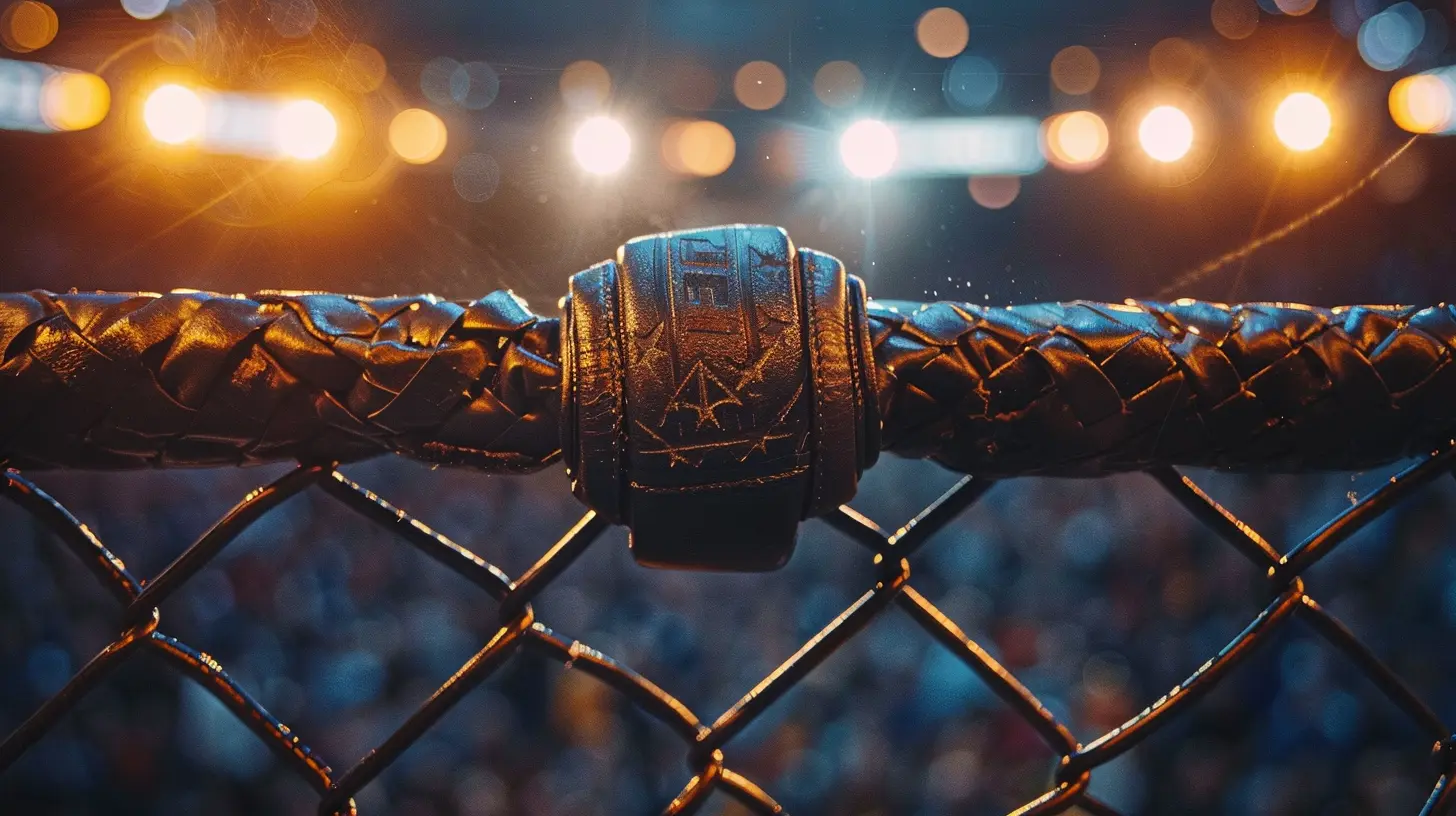
The Weapon of Takedowns
One of the most powerful tools a wrestler brings into MMA is the ability to take an opponent down at will. A well-timed takedown can be the difference between winning and losing a fight.Wrestlers have multiple takedown techniques in their arsenal, including:
- Double-leg takedown – Driving through an opponent’s legs to bring them down.
- Single-leg takedown – Targeting one leg and using leverage to unbalance them.
- Clinch takedowns – Using upper-body control to drag the opponent to the mat.
- Trips and sweeps – Subtle yet effective ways to off-balance and take down opponents.
These techniques don’t just help offensively but also defensively. Wrestling-heavy fighters often have excellent takedown defense, preventing grapplers from imposing their game plan. That’s why elite strikers like Israel Adesanya and Jose Aldo have invested heavily in anti-wrestling tactics to keep fights standing.
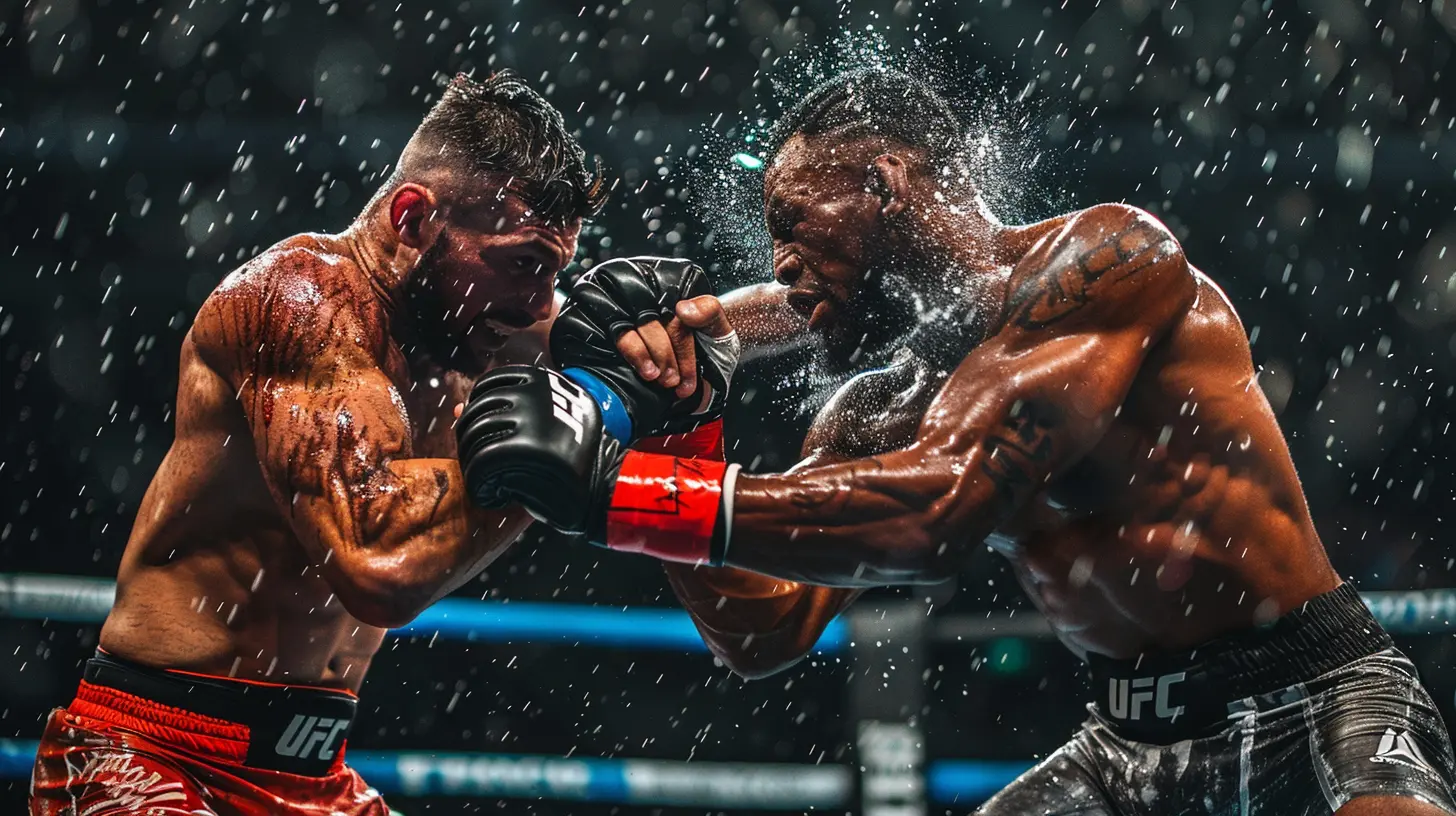
The Cardio Factor: Wrestlers Are Built Different
One undeniable trait of high-level wrestlers is their insane cardio. Wrestling is one of the most grueling combat sports, requiring explosive power, endurance, and relentless work ethic.When a wrestler enters MMA, they already have the ability to push an exhausting pace. Fighters who lack this cardio struggle against wrestling-heavy opponents because they’re forced into a pace they’re not comfortable with.
You’ve probably seen fights where a striker starts strong, landing crisp punches and kicks, only to gas out halfway through the fight because a wrestler keeps clinching, pressing them against the cage, and dragging them to the mat. Wrestling forces opponents into deep waters, and if they can’t swim, they drown.
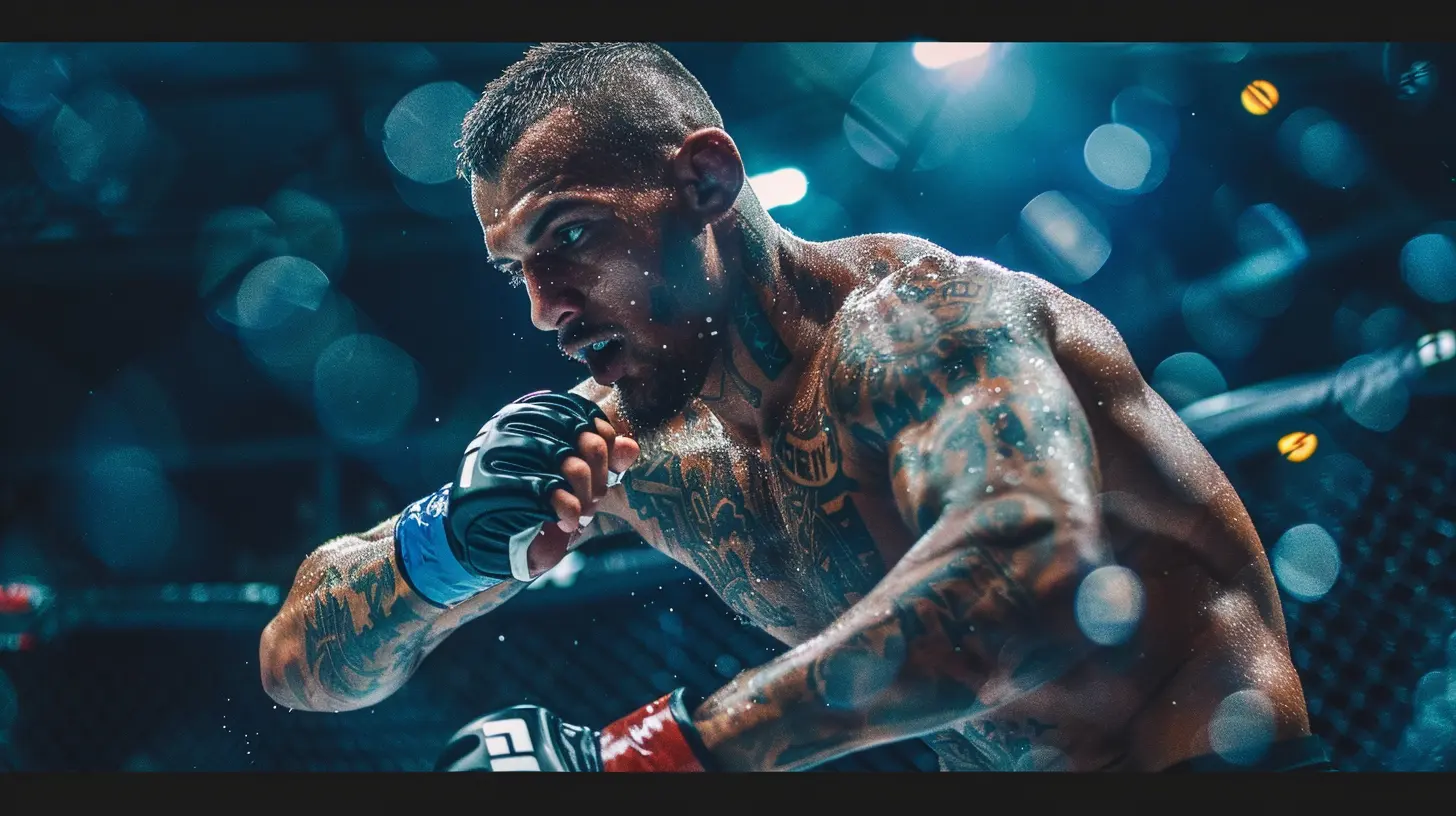
Ground-and-Pound: The Art of Controlled Violence
Wrestling doesn’t just help fighters take their opponents down—it allows them to punish them once they’re there. Ground-and-pound, a technique where a fighter lands strikes from a dominant position, is one of the most devastating weapons in MMA.Fighters like Khabib, Matt Hughes, and Tito Ortiz were absolute nightmares on the ground because they specialized in overwhelming opponents with strikes while maintaining top control.
The beauty of ground-and-pound is that it doesn’t just score points—it breaks opponents mentally and physically. Imagine being stuck underneath a relentless wrestler who's smashing you with elbows and punches every time you try to escape. It's like being trapped under a wave you can’t get out from.
The Evolution of Wrestling in MMA
While wrestling has always been dominant, the way wrestlers approach MMA has evolved over time. In the early days, pure wrestlers would rely heavily on takedowns and positional control. However, modern MMA has forced wrestlers to round out their skill set.Today’s elite wrestlers are also dangerous strikers. Look at Kamaru Usman—a former NCAA wrestler who developed his striking to the point where he was knocking opponents out with precision. Colby Covington is another example of a wrestling-heavy fighter who uses volume striking and relentless pressure to overwhelm opponents.
In contrast, some wrestlers have fully embraced submission grappling. Fighters like Ben Askren and Demian Maia have fused wrestling with Brazilian Jiu-Jitsu, making them submission threats as well.
Why Wrestlers Thrive in MMA Compared to Other Backgrounds
There’s a reason why wrestlers often make the best MMA fighters—they’ve already developed crucial skills before stepping into the cage.Unlike pure strikers who have to learn how to grapple, or BJJ practitioners who need to develop takedowns and striking, wrestlers come into MMA with:
- Superior takedown ability
- Incredible cardio and endurance
- Comfort in close-quarters combat
- Mental and physical toughness
- The ability to dictate where the fight happens
These advantages make wrestlers a nightmare matchup for specialists from other martial arts backgrounds.
How to Counter a Wrestler in MMA
With all the dominance that wrestlers bring, is there a way to counter them? Absolutely—but it’s not easy. Fighters have developed several strategies to deal with wrestling-heavy opponents, including:- Mastering takedown defense – Fighters like Jose Aldo and Israel Adesanya have become nearly impossible to take down, preventing wrestlers from imposing their game.
- Using distance and movement – Strikers often utilize lateral footwork, jabs, and kicks to keep wrestlers at bay, making it difficult for them to initiate takedowns.
- Threatening with submissions – High-level BJJ practitioners like Charles Oliveira use submission attempts off their back to make wrestlers hesitant to shoot for takedowns.
- Making wrestlers fight on the feet – If a wrestler is uncomfortable striking, forcing them into a stand-up battle can expose weaknesses in their game.
Final Thoughts
Wrestling is, without a doubt, one of the most dominant forces in MMA. It allows fighters to control fights, dictate pace, and impose their will like no other discipline. Whether it’s through relentless takedowns, suffocating pressure, or punishing ground-and-pound, wrestling remains a cornerstone of success in the sport.If you ever wondered why so many top-tier MMA fighters have a wrestling background, now you know—it’s a cheat code for success inside the cage.
all images in this post were generated using AI tools
Category:
MmaAuthor:

Preston Wilkins
Discussion
rate this article
1 comments
Sylvia Kim
Great read! It’s fascinating how wrestling shapes MMA fighters' strategies and grappling techniques. The blend of strength, agility, and technique really highlights the versatility wrestlers bring to the octagon. I love seeing how this discipline influences fight outcomes. Can’t wait for more deep dives like this one!
October 20, 2025 at 12:06 PM

Preston Wilkins
Thank you for your thoughtful comment! I'm glad you enjoyed the article and found the influence of wrestling in MMA intriguing. Stay tuned for more insights!
